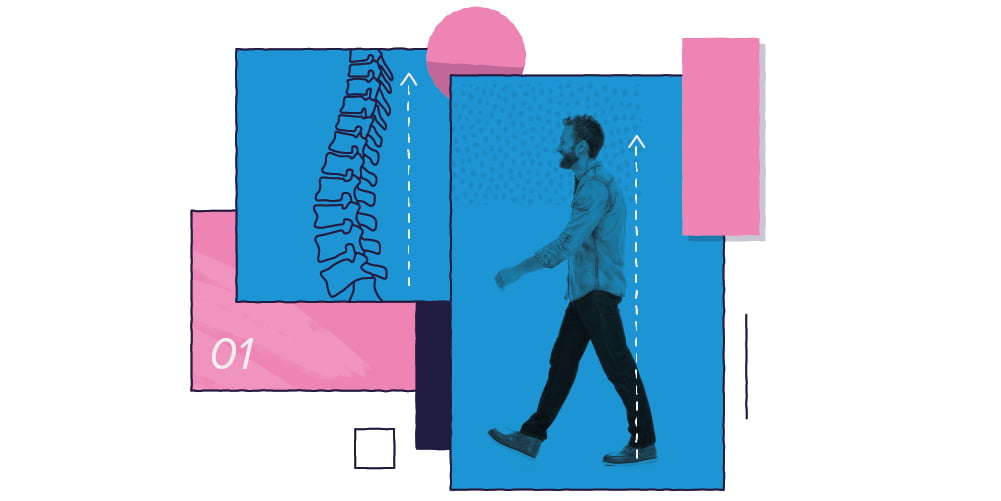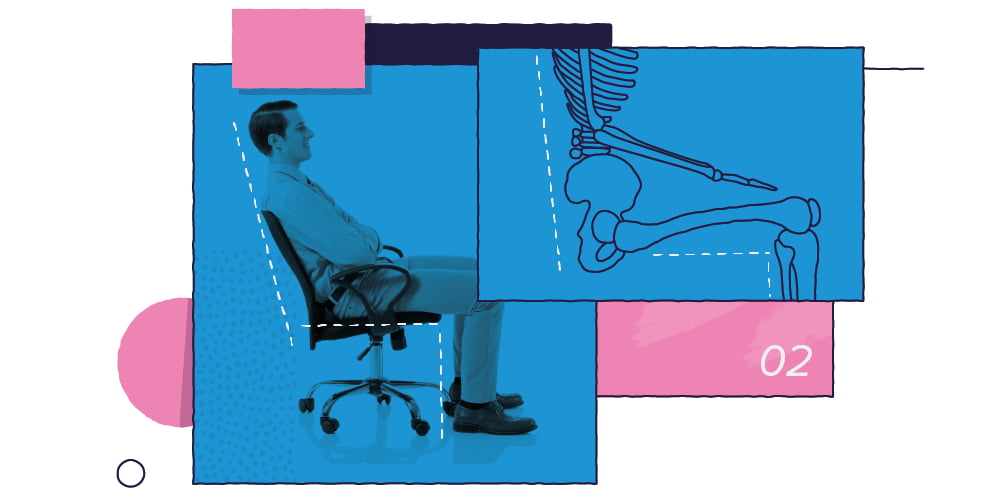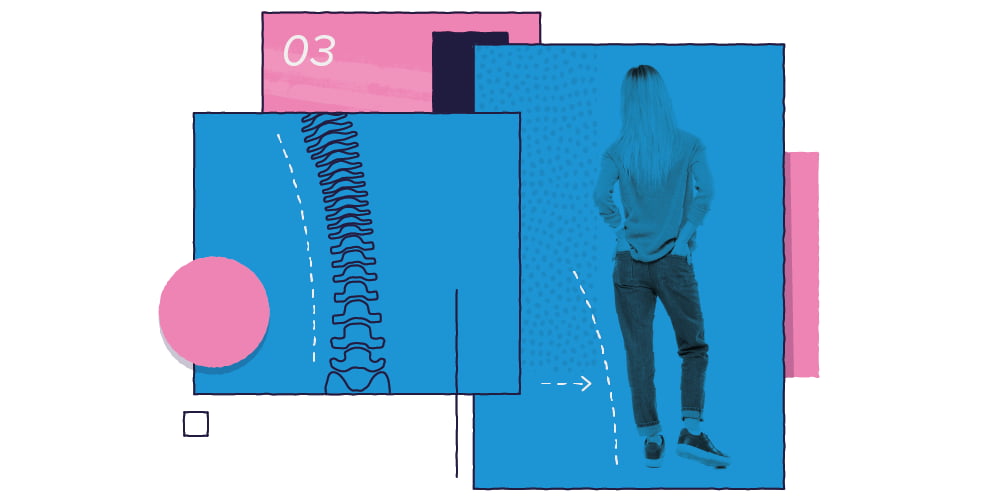In our work and home lives, we spend a lot of time sitting - often in slouched or hunched positions. While sitting in this way may not cause any discomfort, over time these positions can place strain on soft tissues and important muscle groups leading to poor posture.
Poor posture places a lot of stress on your spine, which can cause anatomical changes provoking various types of back pain. This includes sciatica caused through the constriction of your blood vessels and nerves, as well as muscle, disc and joint problems.
While improving your posture is unlikely to address the root cause of the pain, it will help to alleviate muscle tension, and reduce day-to-day discomfort. Here’s how to improve posture:
Walk tall

If you’re wondering how to fix bad posture, often you need to address the everyday movements you take for granted. This includes walking – something we learn very early, which becomes completely subconscious.
There are several bad posture habits people do when walking that contribute to back pain over time, including your head position. When walking, you should keep your head balanced above your spine looking straight ahead. Having your neck hunched down looking at the pavement or your phone contributes to bad posture by lengthening the spine and rounding your shoulders.
You should also try walking tall with an upright spine and avoiding drooping your shoulders. When placing your feet on the ground, land on your heel and roll forward, pushing off with the front of your foot.
Sit properly at work

On average, most people sit for at least eight hours a day, with a lot of this time spent at work. Sitting at a desk all day is a major contributor to back pain and sciatica, with poor posture a common issue.
Fixing your sitting posture can feel uncomfortable at first, with many of us used to the office chair hunch, where we curve our backs towards the computer screen. There are a few steps you can take to improve your posture at work:
- Place your back flush against the chair, with your head level over your spine. You might need to increase the height of your monitor to keep this position.
- Raise or lower your chair to keep your knees level with your hips.
- Make sure your feet are flat on the floor or on a footrest.
Sitting in this way will improve your posture and reduce the strain on your back, neck and hips.
Stop leaning on one leg

If you’re standing for a long time, leaning on one leg can feel comfortable, but this position places excessive pressure on one side of your lower back and hip. You should be using your core muscles and buttocks to keep upright, and over time this stance can lead to muscle imbalances and strains.
To improve this posture, you need to get into the habit of standing with your weight evenly distributed on both legs. This requires straight hips and both feet placed flat on the floor. You can also try exercises such as pilates or yoga to strengthen core muscles, which will help to correct uneven hips.
Bad posture is caused by various day-to-day habits, and can contribute to a number of long-term back, neck and muscle issues. Improving posture is about being more aware of how you sit, stand and walk, and trying to change your habits.